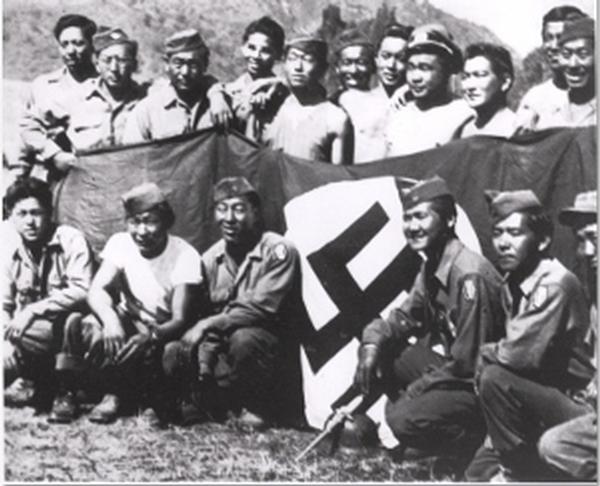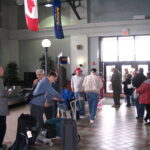AJA = American of Japanese Ancestry
If you travel by train across this country, you meet people . . . in the dining car, mostly, because it’s Amtrak’s policy to seat you with other travelers and it’s just not possible to sit there and say nothing for an hour. And so, three times a day someone at the table says, “So where are you from?” and you’re off and running.
People brighten when I tell them I’m from Hawaii. And I’m no longer surprised at how often one or more of the people at the table will say, “I’ve been to Hawaii!”
Nor am I surprised at how little they really know about this remarkable place. And that, in fact, was what prompted the idea for the little book, Fascinating Facts about Hawaii.
If there’s one subject about Hawaii that more Americans should know about, it’s how the local Japanese—and by that I mean American citizens of Japanese ancestry—how those people were treated during the war. And how they responded.
In 1942, about a third of Hawaii’s population was of Japanese descent, the older generation having come to Hawaii to work in the sugar and pineapple fields. Immediately following the attack, martial law was declared and more than 2,000 people—almost all people of Japanese ancestry—were arrested and detained. For almost three years, Hawaii would remain under military rule. On the West Coast of the U.S., Americans of Japanese Ancestry were arrested, rounded up, their personal property confiscated, while they themselves were thrown into prison camps.

But about a year after the Pearl Harbor attack, the government decided it would be permissible for young Japanese/American boys to fight and die for the country that was treating their parents so shamefully. And it was announced that an all-Japanese/American Army unit was being formed and young male volunteers of Japanese ancestry would be accepted.*
The 442nd Regimental Combat Team was overwhelmed by volunteers within days. The unit was sent to Mississippi for basic training and from there to Italy where some of the War’s bloodiest fighting took place.
By the end of the war, the 442nd was the most decorated military unit in the history of the United States Army. And it remains true to this day.
A total of twenty-one AJA soldiers were awarded the Congressional Medal of Honor.
* Only enlisted men were of Japanese ancestry; all officers were white.


